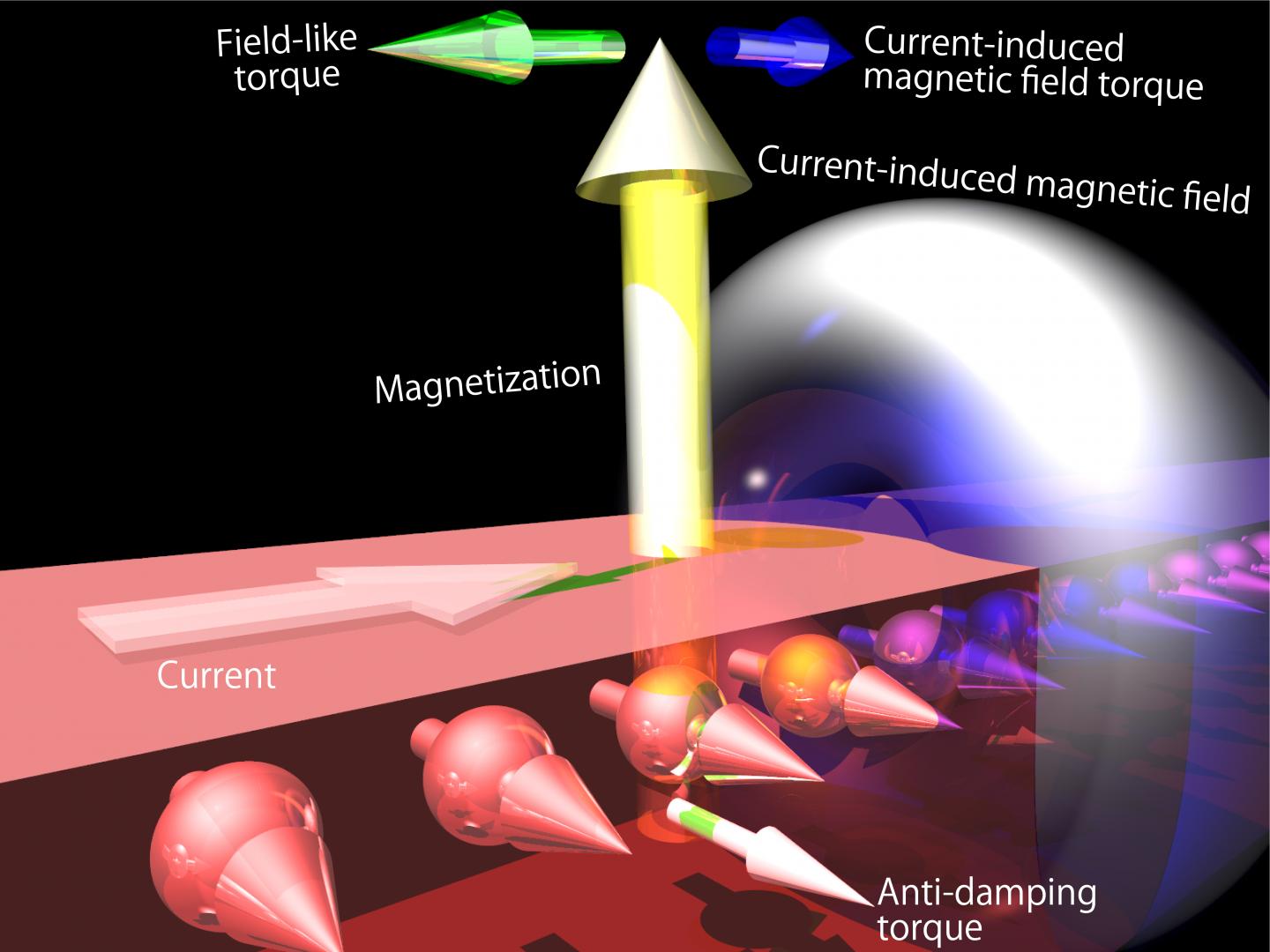GaAs spintronic memories show promise

Japanese researchers show how thin films of a GaAs-based ferromagnetic semiconductor could be used to make non-volatile, low power memories
Japanese researchers are a step closer to realising a new kind of memory that works according to the principles of spintronics which is analogous to, but different from, electronics.
Their unique GaAs-based ferromagnetic semiconductor can act as memory by quickly switching its magnetic state in the presence of an induced current at low power. Previously, such current-induced magnetisation switching was unstable and drew a lot of power, but this new material both suppresses the instability and lowers the power consumption too.
Spintronic devices use a transferable property of stationary electrons, their angular momentum, or spin. It's a bit like having a line of people pass on a message from one to the other rather than have the person at one end run to the other. Spintronics reduces the effort needed to perform computational or memory functions.
At the core of experimental spintronic memory devices are magnetic materials that can be magnetised in opposite directions to represent the familiar binary states of 1 or 0, and this switching of states can occur very, very quickly. However, there has been a long and arduous search for the best materials for this job, as magnetising spintronic materials are no simple matter.
"Magnetising a material is analogous to rotating a mechanical device," said Shinobu Ohya from the Center for Spintronics Research Network at the University of Tokyo. "There are rotational forces at play in rotating systems called torques; similarly there are torques, called spin-orbit torques, in spintronic systems, albeit they are quantum-mechanical rather than classical. Among spin-orbit torques, 'anti-damping torque' assists the magnetisation switching, whereas 'field-like torque' can resist it, raising the level of the current required to perform the switch. We wished to suppress this."
Ohya and his team experimented with different materials and various forms of those materials. At small scales, anti-damping torque and field-like torque can act very differently depending on physical parameters such as current direction and thickness. The researchers found that with thin films of a GaAs-based ferromagnetic semiconductor just 15 nm thick, the undesirable field-like torque became suppressed. This means the magnetisation switching occurred with the lowest current ever recorded for this kind of process.
'Suppression of the field-like torque and ultra-efficient magnetisation switching in a spin-orbit ferromagnet' by Miao Jiang at al; Nature Electronics, 30th November 2020


































